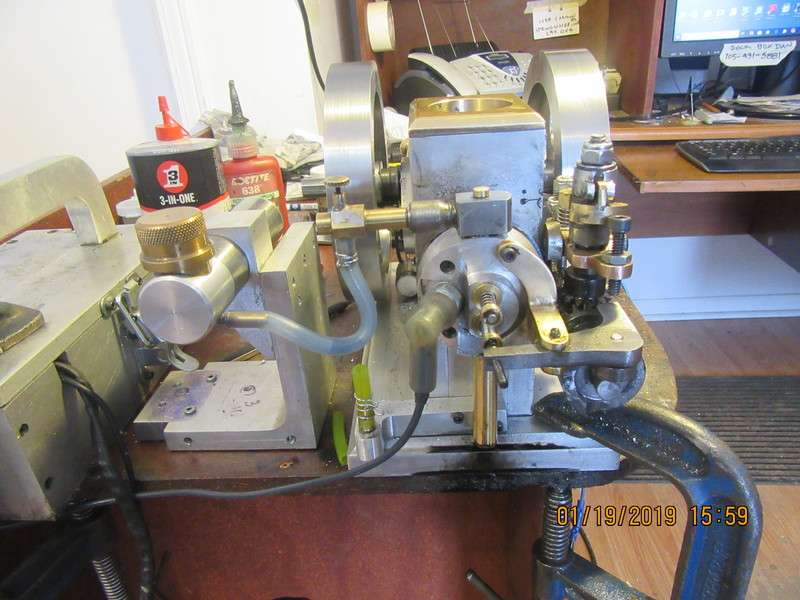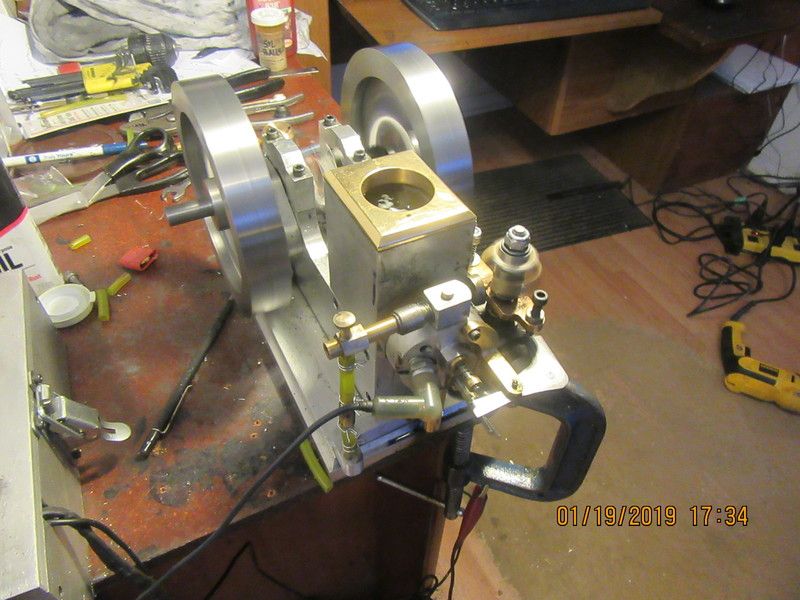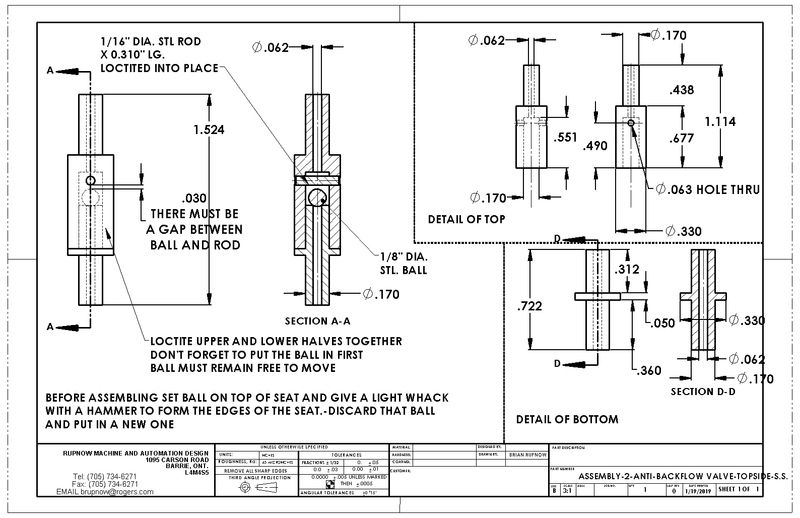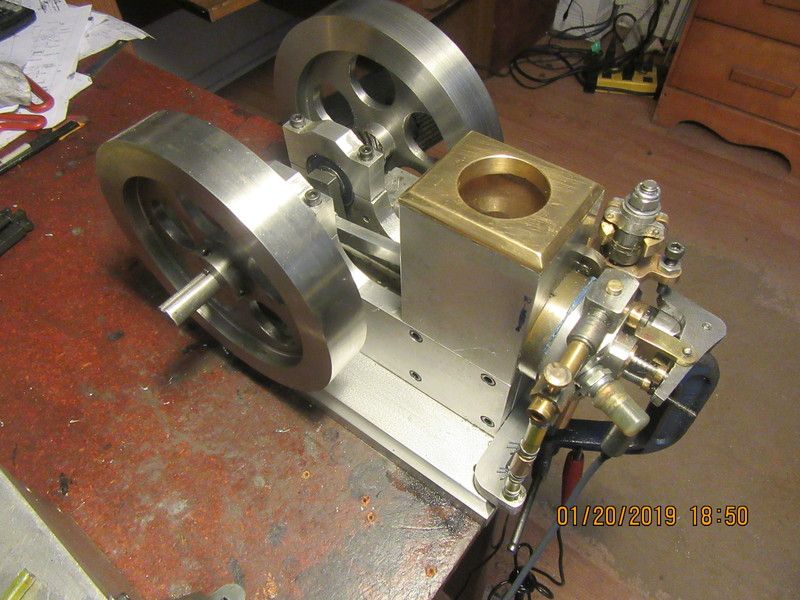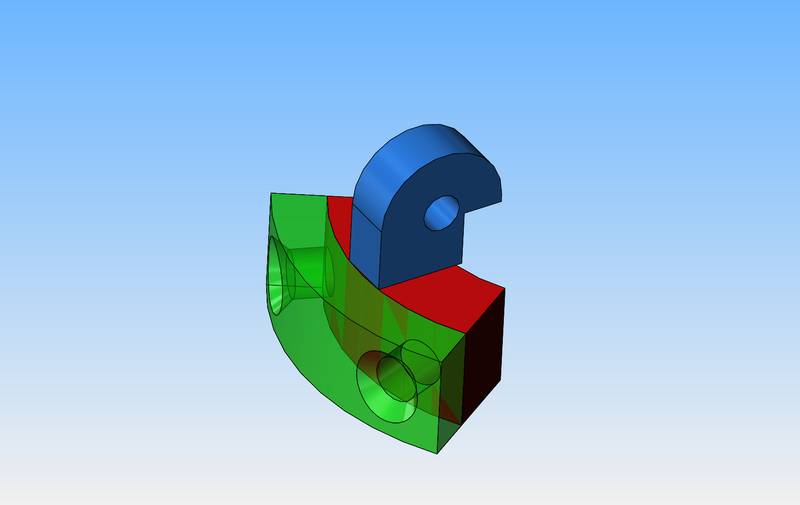Oh well--You live--you learn!! I did a little research as to why my own check valve didn't work as well as I would have liked. I was on the right track, but I had my check ball setting in a tapered seat, which was cut by the end of a drill. Conventional wisdom seems to be that you shouldn't have a tapered seat. Just a square cut end on the part which the ball sets against. Before assembling, set ball on top of part it seals with and give it one good whack with a hammer. Not enough to deform the outside of the part, but enough to form a very small area which conforms exactly to the shape of the ball which formed it. I will now build another check valve like this.

















![DreamPlan Home Design and Landscaping Software Free for Windows [PC Download]](https://m.media-amazon.com/images/I/51kvZH2dVLL._SL500_.jpg)












































